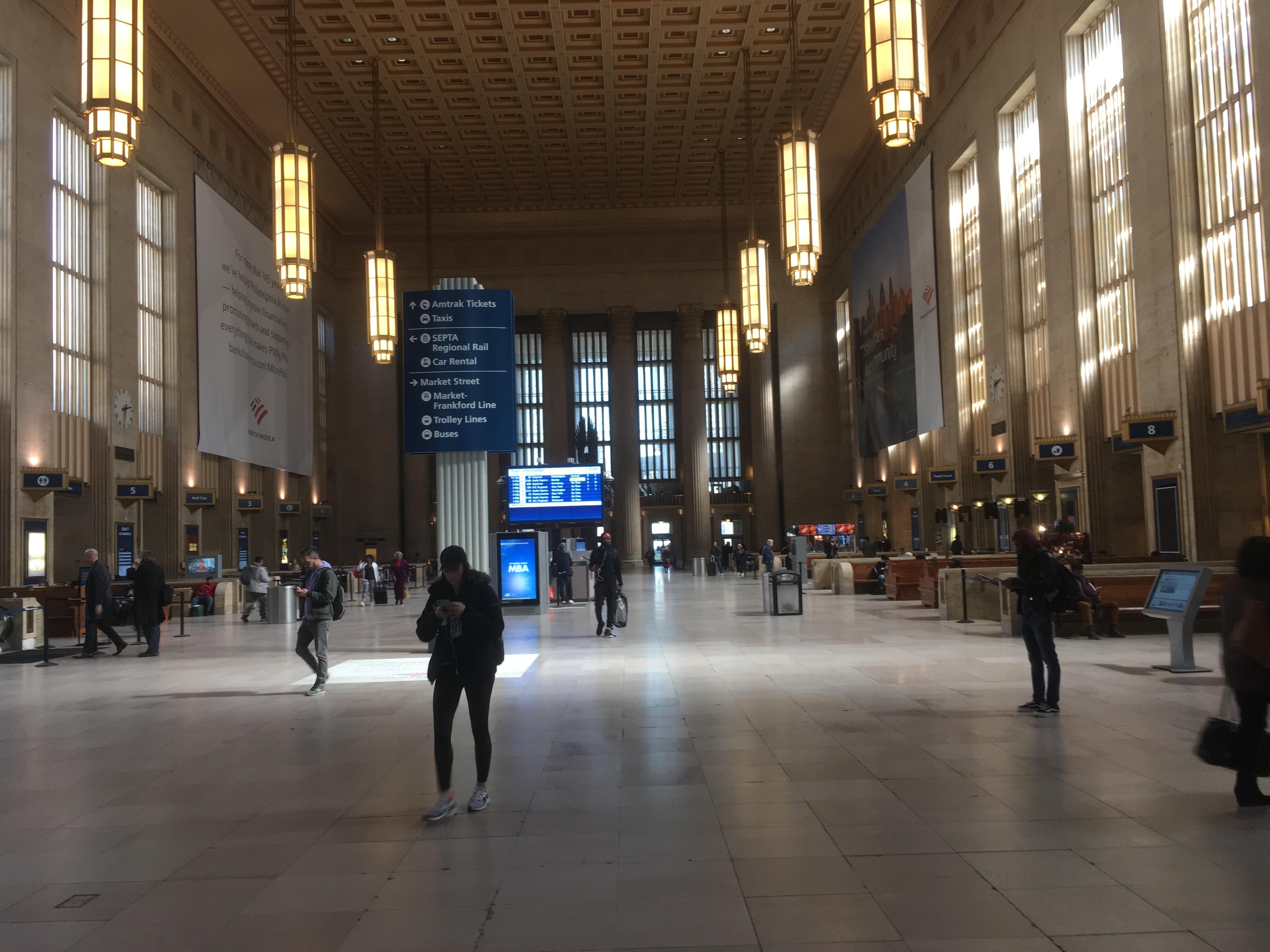|
Fritz August Breuhaus
Fritz August Breuhaus (February 9, 1883 – December 2, 1960) was a German architect, interior designer, and designer in the 20th century. He added “de Groot” to the end of his name in 1929. He spread the word of this addition claiming to be the grandson/great-grandson of a reputable painter Breuhaus de Groot. His father, Heinrich Hugo Breuhaus was a dentist and married to his mother Johanne Knipping. Fritz August Breuhaus was born in Solingen, Germany. His father tried to influence his career, encouraging him to study mechanical engineering, which he did. He also sat in on architecture lectures and took "Design" (Prof. Theodor Fischer mit Assistent Paul Bonatz), "Decorative design" ( Prof. Gustav Halmhuber), "Watercolor painting" (Prof. Treidler). When his father found out he refused to support him any further. Breuhaus was forced to live off a small inheritance from his grandmother. From 1907 Breuhaus lived and worked in Düsseldorf, where he began the process of designing an ... [...More Info...] [...Related Items...] OR: [Wikipedia] [Google] [Baidu] |
Architect
An architect is a person who plans, designs and oversees the construction of buildings. To practice architecture means to provide services in connection with the design of buildings and the space within the site surrounding the buildings that have human occupancy or use as their principal purpose. Etymologically, the term architect derives from the Latin ''architectus'', which derives from the Greek (''arkhi-'', chief + ''tekton'', builder), i.e., chief builder. The professional requirements for architects vary from place to place. An architect's decisions affect public safety, and thus the architect must undergo specialized training consisting of advanced education and a ''practicum'' (or internship) for practical experience to earn a Occupational licensing, license to practice architecture. Practical, technical, and academic requirements for becoming an architect vary by jurisdiction, though the formal study of architecture in academic institutions has played a pivotal role in ... [...More Info...] [...Related Items...] OR: [Wikipedia] [Google] [Baidu] |
Interior Designer
Interior design is the art and science of enhancing the interior of a building to achieve a healthier and more aesthetically pleasing environment for the people using the space. An interior designer is someone who plans, researches, coordinates, and manages such enhancement projects. Interior design is a multifaceted profession that includes conceptual development, space planning, site inspections, programming, research, communicating with the stakeholders of a project, construction management, and execution of the design. History and current terms In the past, interiors were put together instinctively as a part of the process of building.Pile, J., 2003, Interior Design, 3rd edn, Pearson, New Jersey, USA The profession of interior design has been a consequence of the development of society and the complex architecture that has resulted from the development of industrial processes. The pursuit of effective use of space, user well-being and functional design has contributed ... [...More Info...] [...Related Items...] OR: [Wikipedia] [Google] [Baidu] |
Designer
A designer is a person who plans the form or structure of something before it is made, by preparing drawings or plans. In practice, anyone who creates tangible or intangible objects, products, processes, laws, games, graphics, services, or experiences can be referred to as a designer. Overview Historically, the main area of design was regarded as only architecture, which was understood as the major art. The design of clothing, furniture, and other common artifacts were left mostly to tradition or artisans specializing in hand making them. With the increasing complexity in industrial design of today's society, and due to the needs of mass production where more time is usually associated with more cost, the production methods became more complex and with them, the way designs and their production are created. The classical areas are now subdivided into smaller and more specialized domains of design (landscape design, urban design, interior design, industrial design, furniture d ... [...More Info...] [...Related Items...] OR: [Wikipedia] [Google] [Baidu] |
Gustav Halmhuber
Gustav Halmhuber (23 March 1862 – 25 August 1936) was a German architect and university teacher. His style reflected the flamboyance and brittle optimism of the early twentieth century. Perhaps his best known surviving work – also one of his earliest commissions – is the WaterTower (1886–1889) in Mannheim. Life and works Gustav Friedrich Halmhuber was born and died in Stuttgart. He came from a long established artisanal family of joiners and carpenters, with ancestral roots in West Prussia. In 1880 Halmhuber enrolled at the Stuttgart Institute of Technology (''"Technische Hochschule Stuttgart "'' as the university was known at that time) where he studied Architecture under the widely respected Christian Friedrich von Leins. At the same time he was attending courses at the Stuttgart Fine Arts Academy (''"Staatliche Akademie der Bildenden Künste Stuttgart"''). Subsequently he also studied at the Fine Arts Academies in Berlin and Karlsruhe. At Karlsruhe he ... [...More Info...] [...Related Items...] OR: [Wikipedia] [Google] [Baidu] |
Garden City Meererbusch
A garden is a planned space, usually outdoors, set aside for the cultivation, display, and enjoyment of plants and other forms of nature. The single feature identifying even the wildest wild garden is ''control''. The garden can incorporate both natural and artificial materials. Gardens often have design features including statuary, follies, pergolas, trellises, stumperies, dry creek beds, and water features such as fountains, ponds (with or without fish), waterfalls or creeks. Some gardens are for ornamental purposes only, while others also produce food crops, sometimes in separate areas, or sometimes intermixed with the ornamental plants. Food-producing gardens are distinguished from farms by their smaller scale, more labor-intensive methods, and their purpose (enjoyment of a hobby or self-sustenance rather than producing for sale, as in a market garden). Flower gardens combine plants of different heights, colors, textures, and fragrances to create interest and delight the s ... [...More Info...] [...Related Items...] OR: [Wikipedia] [Google] [Baidu] |
World War I
World War I (28 July 1914 11 November 1918), often abbreviated as WWI, was one of the deadliest global conflicts in history. Belligerents included much of Europe, the Russian Empire, the United States, and the Ottoman Empire, with fighting occurring throughout Europe, the Middle East, Africa, the Pacific, and parts of Asia. An estimated 9 million soldiers were killed in combat, plus another 23 million wounded, while 5 million civilians died as a result of military action, hunger, and disease. Millions more died in genocides within the Ottoman Empire and in the 1918 influenza pandemic, which was exacerbated by the movement of combatants during the war. Prior to 1914, the European great powers were divided between the Triple Entente (comprising France, Russia, and Britain) and the Triple Alliance (containing Germany, Austria-Hungary, and Italy). Tensions in the Balkans came to a head on 28 June 1914, following the assassination of Archduke Franz Ferdin ... [...More Info...] [...Related Items...] OR: [Wikipedia] [Google] [Baidu] |
SS Bremen (1928)
SS ''Bremen'' was a German-built ocean liner constructed for the Norddeutscher Lloyd line (NDL) to work the transatlantic sea route. ''Bremen'' was notable for her bulbous bow construction, high-speed engines, and low, streamlined profile. At the time of her construction, she and her sister ship were the two most advanced high-speed steam turbine ocean liners of their day. The German pair sparked an international competition in the building of large, fast, luxurious ocean liners that were national symbols and points of prestige during the pre-war years of the 1930s. She held the Blue Riband, and was the fourth ship of NDL to carry the name ''Bremen''. History Also known as TS ''Bremen'' – for Turbine Ship – ''Bremen'' and her sister were designed to have a cruising speed of , allowing a crossing time of five days. This speed enabled Norddeutscher Lloyd to run regular weekly crossings with two ships, a feat that normally required three. It was claimed that ''Bremen'' brie ... [...More Info...] [...Related Items...] OR: [Wikipedia] [Google] [Baidu] |
LZ 129 Hindenburg
LZ 129 ''Hindenburg'' (; Registration: D-LZ 129) was a German commercial passenger-carrying rigid airship, the lead ship of the ''Hindenburg'' class, the longest class of flying machine and the largest airship by envelope volume. It was designed and built by the Zeppelin Company ( ''Luftschiffbau Zeppelin GmbH'') on the shores of Lake Constance in Friedrichshafen, Germany, and was operated by the German Zeppelin Airline Company (''Deutsche Zeppelin-Reederei''). It was named after Field Marshal Paul von Hindenburg, who was President of Germany from 1925 until his death in 1934. The airship flew from March 1936 until it was destroyed by fire 14 months later on May 6, 1937, while attempting to land at Lakehurst Naval Air Station in Manchester Township, New Jersey, at the end of the first North American transatlantic journey of its second season of service. This was the last of the great airship disasters; it was preceded by the crashes of the British R38, the US airship ''Roma ... [...More Info...] [...Related Items...] OR: [Wikipedia] [Google] [Baidu] |
German Interior Designers
German(s) may refer to: * Germany (of or related to) ** Germania (historical use) * Germans, citizens of Germany, people of German ancestry, or native speakers of the German language ** For citizens of Germany, see also German nationality law **Germanic peoples (Roman times) * German language **any of the Germanic languages * German cuisine, traditional foods of Germany People * German (given name) * German (surname) * Germán, a Spanish name Places * German (parish), Isle of Man * German, Albania, or Gërmej * German, Bulgaria * German, Iran * German, North Macedonia * German, New York, U.S. * Agios Germanos, Greece Other uses * German (mythology), a South Slavic mythological being * Germans (band), a Canadian rock band * "German" (song), a 2019 song by No Money Enterprise * ''The German'', a 2008 short film * "The Germans", an episode of ''Fawlty Towers'' * ''The German'', a nickname for Congolese rebel André Kisase Ngandu See also * Germanic (other) ... [...More Info...] [...Related Items...] OR: [Wikipedia] [Google] [Baidu] |
German Designers
German(s) may refer to: * Germany (of or related to) **Germania (historical use) * Germans, citizens of Germany, people of German ancestry, or native speakers of the German language ** For citizens of Germany, see also German nationality law **Germanic peoples (Roman times) * German language **any of the Germanic languages * German cuisine, traditional foods of Germany People * German (given name) * German (surname) * Germán, a Spanish name Places * German (parish), Isle of Man * German, Albania, or Gërmej * German, Bulgaria * German, Iran * German, North Macedonia * German, New York, U.S. * Agios Germanos, Greece Other uses * German (mythology), a South Slavic mythological being * Germans (band), a Canadian rock band * "German" (song), a 2019 song by No Money Enterprise * ''The German'', a 2008 short film * "The Germans", an episode of ''Fawlty Towers'' * ''The German'', a nickname for Congolese rebel André Kisase Ngandu See also * Germanic (other) * Germa ... [...More Info...] [...Related Items...] OR: [Wikipedia] [Google] [Baidu] |
1883 Births
Events January–March * January 4 – ''Life'' magazine is founded in Los Angeles, California, United States. * January 10 – A fire at the Newhall Hotel in Milwaukee, Wisconsin, United States, kills 73 people. * January 16 – The Pendleton Civil Service Reform Act, establishing the United States civil service, is passed. * January 19 – The first electric lighting system employing overhead wires begins service in Roselle, New Jersey, United States, installed by Thomas Edison. * February – ''The Adventures of Pinocchio'' by Carlo Collodi is first published complete in book form, in Italy. * February 15 – Tokyo Electrical Lightning Grid, predecessor of Tokyo Electrical Power (TEPCO), one of the largest electrical grids in Asia and the world, is founded in Japan. * February 16 – The '' Ladies' Home Journal'' is published for the first time, in the United States. * February 23 – Alabama becomes the first U.S. stat ... [...More Info...] [...Related Items...] OR: [Wikipedia] [Google] [Baidu] |






